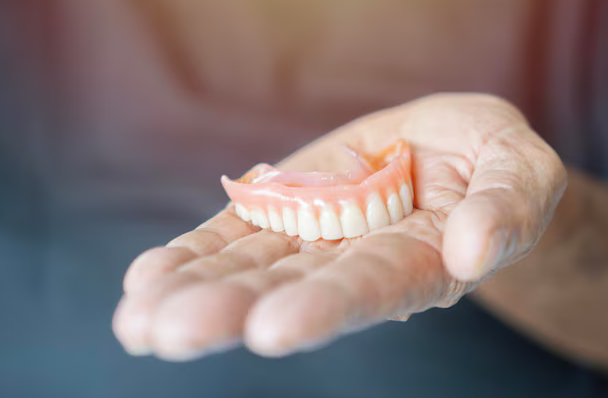One Day to Study for the NREMT: A Last-Minute Cram Plan

The National Registry of Emergency Medical Technicians (NREMT) exam is a crucial step in becoming a certified EMT. If you only have one day to study, don’t panic—it’s still possible to maximize your preparation with a focused, strategic approach. This guide will help you prioritize key topics, use high-yield study methods, and boost your confidence before test day one day to study nremt.
Step 1: Understand the NREMT Exam Structure
Before diving into studying, know what you’re up against:
-
Exam Format: Computer-adaptive (gets harder or easier based on your answers).
-
Question Count: 70-120 questions (passing depends on competency, not just number correct).
-
Time Limit: 2 hours.
-
Content Areas:
-
Airway, Respiration & Ventilation (18-22%)
-
Cardiology & Resuscitation (20-24%)
-
Trauma (14-18%)
-
Medical/Obstetrics & Gynecology (27-31%)
-
EMS Operations (10-14%)
-
Since time is limited, focus on the highest-yield topics first.
Step 2: Prioritize High-Yield Topics
With only one day, you need to study smart, not hard. Focus on:
1. Airway & Breathing (Most Critical!)
-
Assessment: Look for signs of respiratory distress (retractions, tripod position, altered mental status).
-
Interventions:
-
Oxygen Delivery: Nasal cannula (1-6 LPM), Non-rebreather (10-15 LPM), BVM (15 LPM).
-
Airway Adjuncts: OPA (unconscious, no gag reflex), NPA (conscious or semi-conscious).
-
Suctioning: Always have suction ready for vomit/blood.
-
2. Cardiology & CPR
-
Cardiac Arrest: Follow high-quality CPR (100-120 compressions/min, 2” depth).
-
AED Use: Apply as soon as available, follow prompts.
-
ACS (Heart Attack) Signs: Chest pain, nausea, sweating, radiating pain (left arm/jaw).
-
Stroke (FAST): Face drooping, Arm weakness, Speech difficulty, Time to act!
3. Trauma (Mechanism of Injury Matters!)
-
Bleeding Control: Direct pressure → tourniquet (for severe hemorrhage).
-
Shock Management: Keep patient warm, elevate legs (if no spinal injury), rapid transport.
-
Spinal Immobilization: If MOI suggests spinal injury (fall, MVC), maintain C-spine alignment.
4. Medical Emergencies
-
Diabetic Emergencies:
-
Hypoglycemia (low sugar): Confusion, sweating, give oral glucose if conscious.
-
Hyperglycemia (high sugar): Fruity breath, dehydration, needs hospital.
-
-
Seizures: Protect from injury, don’t restrain, give oxygen post-seizure.
-
Allergic Reactions: Epinephrine auto-injector for anaphylaxis (EpiPen).
5. OB/GYN (Know Basics!)
-
Childbirth: Support head, suction mouth/nose, clamp/cut cord after delivery.
-
Breech Birth: Do NOT pull—deliver as is, support baby.
-
Pre-eclampsia: High BP, headache, swelling—needs rapid transport.
6. EMS Operations (Safety First!)
-
Scene Safety: Always assess before entering (downed wires, violence, hazmat).
-
Lifting Techniques: Use legs, not back; partner communication is key.
Step 3: Use Active Recall & Practice Questions
Passive reading won’t cut it—active recall is the best way to reinforce knowledge.
-
Take Practice Tests:
-
Use NREMT-style questions (apps like EMT-B Prep, Pocket Prep).
-
Focus on weak areas as you go.
-
-
Flashcards:
-
Key terms: OPA vs. NPA, ACS vs. Stroke, Hypo vs. Hyperglycemia.
-
Step 4: Mnemonics & Quick Memorization
-
SAMPLE History: Signs/Symptoms, Allergies, Medications, Past history, Last oral intake, Events leading up.
-
OPQRST for Pain: Onset, Provocation, Quality, Radiation, Severity, Time.
-
DCAP-BTLS for Trauma: Deformities, Contusions, Abrasions, Punctures, Burns, Tenderness, Lacerations, Swelling.
Step 5: Test-Day Tips
-
Rest & Hydrate: No all-nighters—sleep helps memory.
-
Arrive Early: Reduce stress, bring ID.
-
Process of Elimination: Eliminate obviously wrong answers first.
-
Trust Your Training: Go with your first instinct unless you’re sure it’s wrong.
Final Words
While one day isn’t ideal, this focused approach maximizes your chances. Stick to high-yield topics, practice questions, and trust your EMT training. Good luck—you’ve got this! 🚑






